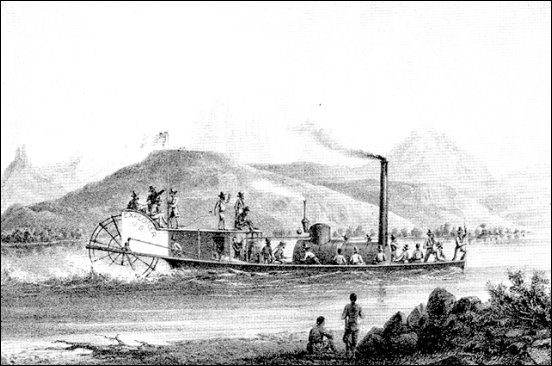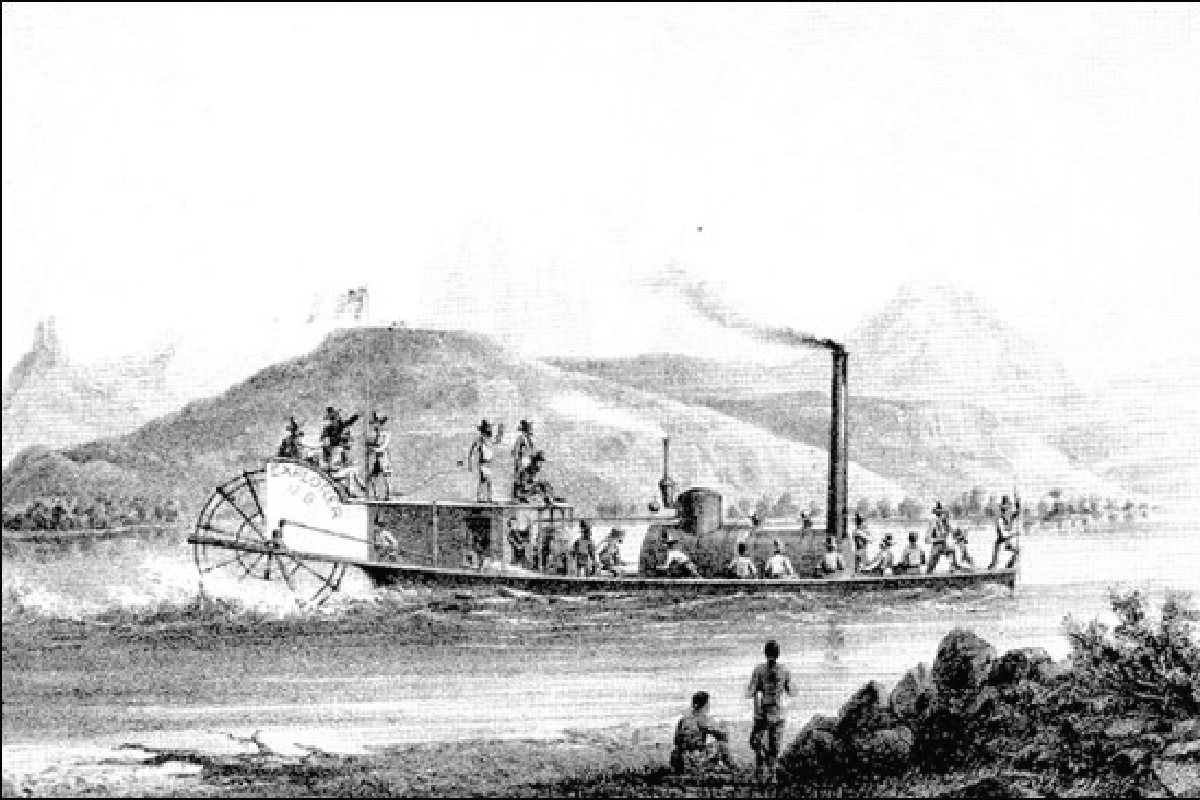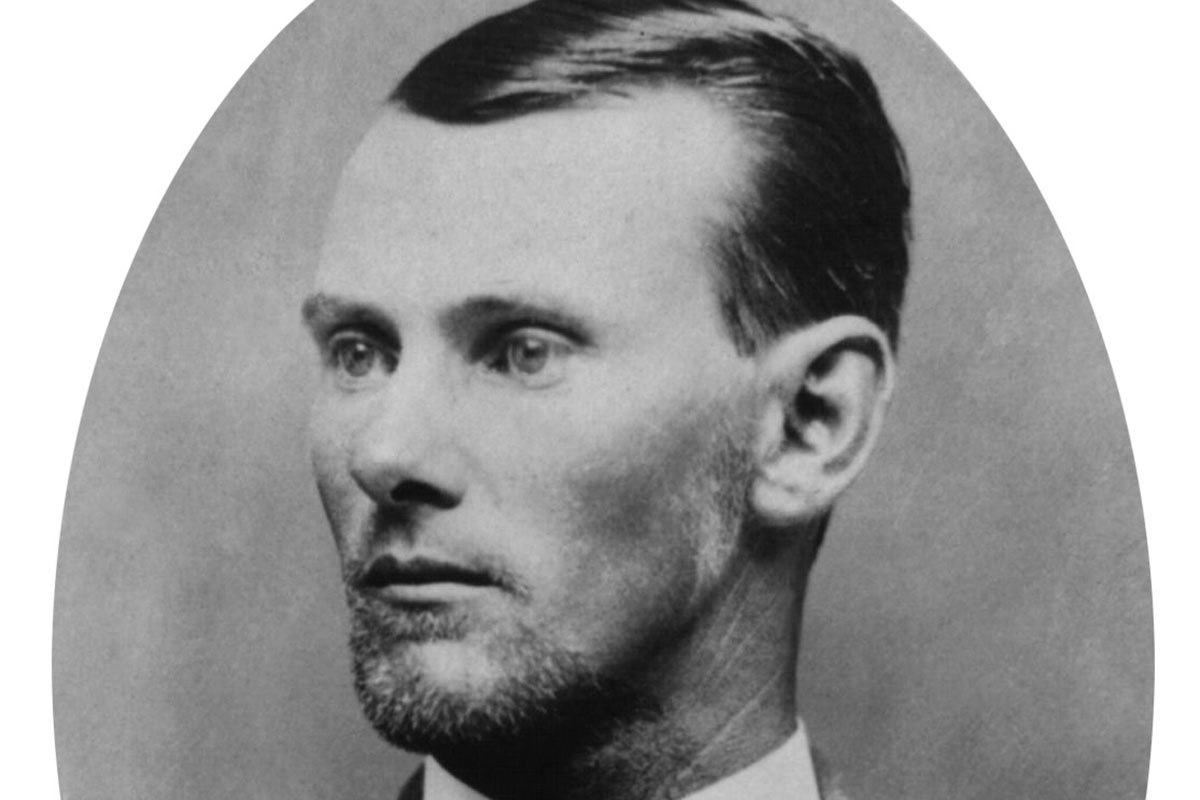
Growing concern over the independence of the Mormons in Utah caused Congress to appropriate some $75,000 to explore the possibilities of navigating the Colorado River far up the river. In case of war with Utah, Congress was working on a plan to invade Utah from its “soft underbelly.”
Captain George Johnson offered to make the trip in his own craft for only $3,000 but the army refused the generous offer, preferring instead to spend the appropriation on a little iron-hulled boat called the Explorer. The boat was built in Philadelphia and tested on the Delaware River, where it was learned that the hull bent amidships like a bow. Still the Explorer was dismantled and sent in sections from New York to Panama, hauled overland to the Pacific and then by ship to San Francisco. The itinerant little iron-hull was then shipped by schooner to the mouth of the Colorado, where it was to be reassembled. The man who was picked for this task was Lieutenant Joseph Christmas Ives of the Army Corps of Topographical Engineers. Ives and his men, after facing many discomforts such as having their tent blown away in a storm and be constantly sprayed by waters from the Sea of Cortez, finally finished the job on Christmas Day, 1857.
Progress up the Colorado to Fort Yuma was slow as sand bars and snags impeded their progress. Ten days later the wear crew arrived at the military post. Ives then took the Explorer up the river to Black Canyon where Hoover Dam stands today.
When the War Department read Ives’ report and estimated the cost projections, they promptly sold the Explorer to Captain Johnson’s Colorado Steam Navigation Company. He soon put her to work hauling firewood on the Gila River. Not one to suffer such indignities, the little iron-hull warrior broke free and drifted some 9 miles down the Colorado where she plunged into a deep slough. A few years later a flash flood on the river washed her out into the desert where the drifting sands soon covered her. There she lay like some unwanted pariah for more than fifty years. She was discovered when a party of surveyors saw a rusty iron plate protruding out of the sand. Further investigation revealed the strange-looking object to be the long-lost steamboat, Explorer.






